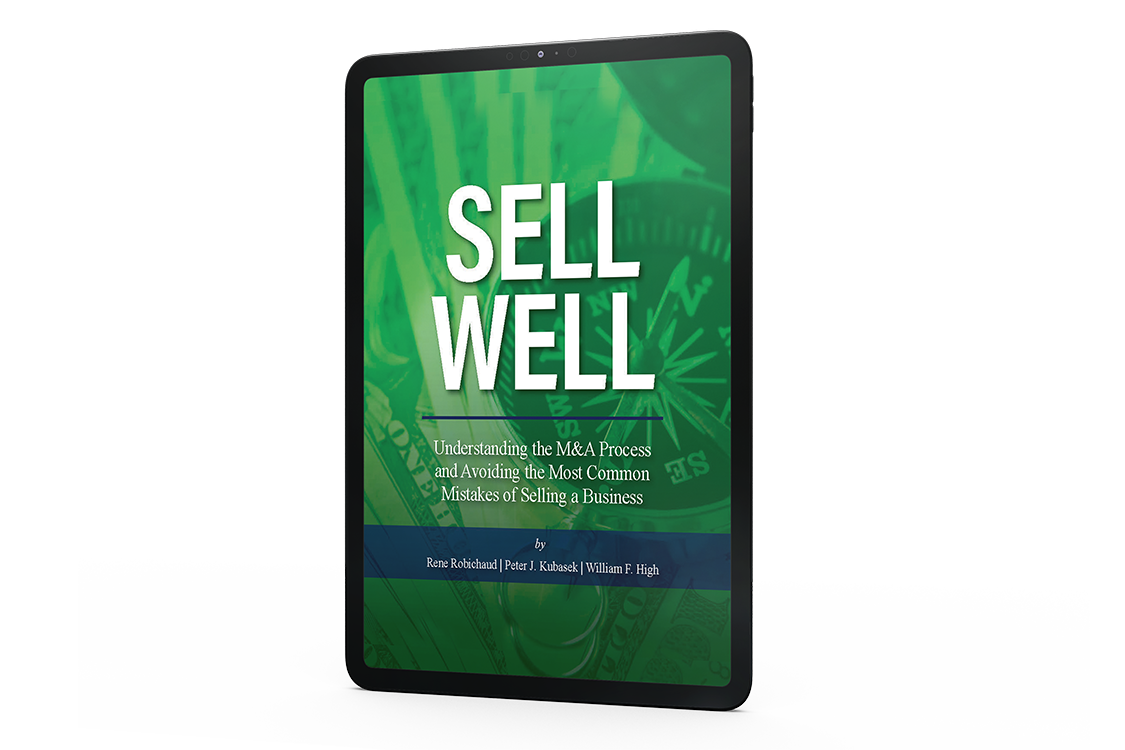ArkMalibu Industry Snapshots, Fourth Quarter 2021
We invite you to read our M&A analysis and access the Market Monitor links below, where you may download detailed reports containing M&A trends and data from 17 industries. Please feel free to contact us at (513) 583-5413 to discuss how the information presented in each report relates to your business and its own unique set of value drivers.
U.S. & Canada M&A Overview – Powerful Wave of Acquisitions Gains Momentum Through Year-End
- The U.S. & Canada M&A market finished the year strong during Q4 2021 with 6,337 deals completed: up 15% from Q4 2020 and up 6% from Q3 2021
- The U.S. and Canada ended the year in record fashion with a total transaction value of $2.5 trillion; up 82% from 2020 and 37% from 2019
- Deal count numbers for the U.S. and Canada in 2021 totaled 23,811 for 2021, a substantial 36% increase over 2020 and 17% above 2019
- The median deal multiple for 2021 was 11.9x LTM EBITDA; In line with the average of the last four years and 12% above multiple values in 2020 (see industry-specific data: link below)
- Strategic buyers’ excess cash flows, low interest rates, and active private equity buyers provide a favorable backdrop to sellers
- The Global M&A market broke records during 2021 as deal volume and value surged
- Deal value was the highest on record increasing a massive 53% year over year to $4.6 trillion
- The U.S. and Canada accounted for a substantial portion of global M&A activity; 54% of all global M&A deal value and 43% of deal volume in 2021 was attributable to the U.S. and Canada
- Deal count increased 23% during the year to 56,010 with the lions’ share of volume in the technology and industrials sectors
- Special purpose acquisition companies (SPAC) increased their share of total transaction value from 6% to 11% during the year while private equity and venture capital increased their share to 19% and 8% respectively (the outlook for continued SPAC activity is uncertain)
- M&A expectations for 2022 remain optimistic despite stock market volatility and growing regulation concerns for larger deals
- 67% of dealmakers/advisors believe deal volumes will grow according to a recent Grant Thornton LLP survey
- Strategic buyers who have been using acquisitions to grow their footprint or respond to competitive macroeconomic shifts in their industry continue to retain a healthy war chest of cash to deploy in 2022
- Cash & equivalents of the largest 500 companies rose 11% to $3.8 trillion
- As a growing share of consumer interactions become digital (accelerated by the pandemic) the value of non-technology companies purchasing tech firms has increased to $316.7 billion during 2021; 2.2x that of 2020 and 4.4x that of 2019
- The private equity buying spree is expected to continue into 2022 as their dry powder continues to accumulate; currently at $750b in the U.S.
- Several factors are driving this increased demand including companies remaining private for longer periods of time and long-term outperformance of PE versus other asset classes continues to drive increased private investment into PE rather than other investment vehicles
- In the U.S. alone, private equity accounted for 25% of deal value and 21% of deal count
- Multiple private equity buyers chose to wait until 2022 to deploy capital after losing out on deals in 2021 and fear of “buying at peak earnings levels” during an inflationary environment
- Venture Capital deal value in the US topped $300 billion for the first time last year with investors deploying $71b+ across 340 unicorn deals (private companies valued at more than $1b)
- Amazingly, the number of U.S. unicorn deals in 2021 surpassed the sum of the previous 5 years
U.S. Equity Market Overview

- U.S. equity assets finished the fourth quarter on a high note ending 2021 with a 28.7% (S&P 500) gain
- Large-cap stocks continued their dominance over small-cap stocks during the fourth quarter with the S&P 500 outperforming the Russell 2000 by +8.9% (+13.9% for the full year)
- The S&P 500 achieved record highs on 70 separate occasions during 2021 representing the 2nd highest annual amount on record
- The top 10 largest stocks by market cap in the S&P 500 consumed an increasing share of the total market cap during the quarter ending the year at 30.5%
- From a style perspective, value and growth stocks saw mixed results across capitalizations for the year
- Growth outperformed value by +2.4% in large caps stocks (Russell 1000) while small-cap stocks (Russell 2000) saw value returns dwarf that of growth stocks by +25.5%
- The outperformance spread of small-cap value relative to growth during 2021 is the largest spread since 2000 and the 2nd largest since the style index creation in 1979
- All sectors of the S&P 500 experienced double-digit gains during the year with energy (+47.7%), real estate (+42.5%), and information technology (+33.4%) the top 3 performing sectors
- Energy gains were attributable to the continued recovery of oil prices as the daily spot crude oil price rose from $50/barrel at the beginning of 2021 to almost $80 to finish the year
- Equity market valuations measured by the S&P 500 forward P/E ratio ended the year at 21.2x representing 1.3 standard deviations above their historical 25-year average
- Corporate earnings displayed robust growth during the year growing 45.1% with analysts expecting 9.0% in 2022
- Large-cap stocks continued their dominance over small-cap stocks during the fourth quarter with the S&P 500 outperforming the Russell 2000 by +8.9% (+13.9% for the full year)
Economic Update
- Rising wages, increasing money supply, underinvestment, and disrupted supply chains were the largest factors contributing to the spike in inflation during the year as forecasters debate how long inflation will continue (2021 core CPI was +5.5%; up 7% in December)
- The labor market continues to recover as employers compete in a limited talent pool putting pressure on wage inflation.
- The unemployment rate declined from 4.7% in September to 3.9% in December with 199k new hires; jobless claims recorded during the last week in December (207k) were near the lowest on record in five decades
- Anecdotal reports from middle-market business owners point to less government stimulus and expiring unemployment benefits as potential factors helping ease labor shortages
- 32% of U.S. small businesses plan to raise worker compensation compared to 25% in 2019
- Energy and energy-intensive industries (steel, mining & metals, oil & gas) have seen demand for their goods continue to grow despite 2022 forecasted CAPEX investments 30%+ lower than their 10-year average
- The labor market continues to recover as employers compete in a limited talent pool putting pressure on wage inflation.
- Citizens and business owners grapple with the new Omicron strain of the virus as they continue to resume social gatherings and return to the office
- Although Omicron is expected to be 2x-3x more transmissible than the Delta variant, early studies from South Africa point to less severity in the disease and a rapid decrease in infections post peak
- The FDA approved two COVID pills (Pfizer and Merck) during December helping to reduce risk of hospitalization or death in some of the most at risk populations
- In clinical trials, risk of hospitalization or death was reduced by 88% when Pfizer’s drug was given to high-risk, unvaccinated people within five days of the onset of symptoms (30% for Merck)
- Rising infections of workers combined with winter storms caused cancellations of more than 1,000 daily US flights for 13 straight days during the December holiday season
- The Federal Reserve is forecasted to hike interest rates 3 times (some believe 4-6) in 2022 as the economy heats up and inflation concerns mount
- The median forecast from the dot plot shows the federal funds rate between 0.75% and 1.00% by the end of 2022 and between 1.50% and 1.75% by the end of 2023; up from the current 0%-0.25% range
- Despite the 2022 expected rate hikes, U.S. real yields are likely to remain near zero providing a medium-term tailwind for equity markets and risk assets
- The largest contributor to U.S. GDP (~70%), consumer spending, is poised to continue with households in great financial shape and confidence remaining high
- The latest total U.S. household net worth reading stood at $144.7 trillion, marking the sixth straight quarterly gain in net worth; 58% of the gain during the quarter was attributable to rising real estate values
- Median household income rose 0.7% in November to $72,353; representing a 9.3% increase from the 2020 low point
- The Consumer Confidence Index increased 3.5% month-over-month in December to 115.8; up 5.9% from September’s reading
Sources: ArkMalibu, S&P Capital IQ, Pitchbook, J.P. Morgan, PWC, Wall Street Journal, Bureau of Labor Statistics, Vanguard, and other publicly available news sources
ArkMalibu Approach
Our team at ArkMalibu is proud of our conflict-free business model, M&A expertise, and value-added processes, which continue to deliver results that far exceed the expectations of our clients, the one-time sellers. We would be delighted to listen and then help you navigate the M&A market in achieving your goals.


